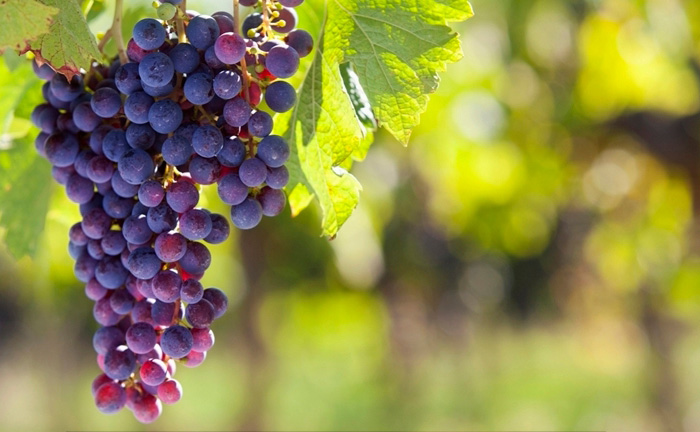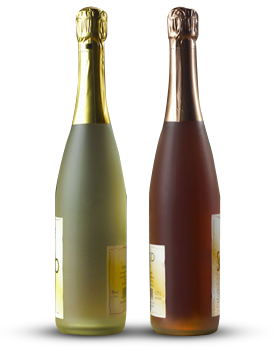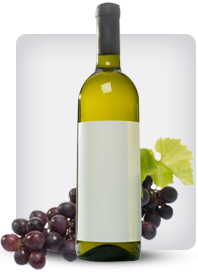

Tag: Differs
How Malbec from Cahors Differs from Argentina
Posted onMalbec, a bold and expressive red wine, has found fame in two key regions: Cahors in France and Mendoza in Argentina. While the grape variety is the same, the terroir, winemaking traditions, and stylistic approaches create distinct differences between the two. Understanding these variations can help wine enthusiasts appreciate the unique qualities of each.
Historical Roots: Cahors vs. Argentina
Cahors, France: Malbec (known locally as “Côt” or “Auxerrois”) has been cultivated in Cahors for centuries, earning the nickname “The Black Wine” due to its deep color and tannic structure. Historically, it was a favorite among European nobility and even used to bolster Bordeaux blends.
Argentina: Malbec was introduced to Argentina in the mid-19th century, where it thrived in the high-altitude vineyards of Mendoza. Over time, it became Argentina’s flagship grape, celebrated for its ripe fruit flavors and approachable style.
Terroir and Climate Influence
Cahors: The region’s limestone and clay soils, combined with a temperate climate, produce Malbecs with higher acidity, firm tannins, and earthy, mineral-driven profiles. Wines from Cahors often exhibit notes of black plum, tobacco, and graphite.
Argentina: Mendoza’s sunny, arid climate and high-altitude vineyards (some reaching over 3,000 feet) result in riper grapes with softer tannins. Argentine Malbecs are known for their lush dark fruit flavors—blackberry, cherry, and violet—along with hints of cocoa and sweet spice from oak aging.
Winemaking Styles
Cahors: Traditional winemaking emphasizes structure and longevity. Many Cahors Malbecs are blended with small amounts of Merlot or Tannat to add complexity. The wines are often aged in older oak or concrete to preserve freshness rather than impart heavy oak flavors.
Argentina: Argentine winemakers frequently use new oak barrels, contributing vanilla and toast notes. The focus is on fruit purity and approachability, with many Malbecs designed for early drinking, though premium examples can age gracefully.
Food Pairing Differences
Cahors Malbec: Its robust tannins and earthy character make it ideal for rich, fatty dishes like duck confit, game meats, or hearty stews.
Argentine Malbec: The fruit-forward, velvety style pairs beautifully with grilled meats (especially Argentine asado), hard cheeses, and dishes with smoky or spicy elements.
Conclusion
While both Cahors and Argentina produce exceptional Malbecs, their differences highlight the grape’s versatility. Cahors offers a more rustic, structured expression, while Argentina delivers a sun-kissed, fruit-driven interpretation. Exploring both styles provides a fascinating journey through Old World tradition and New World innovation.
popular posts
-

Cabernet Sauvignon vs
12-02 2025Merlot: A Taste Comparison Two names stand as titans in the world of red wine: Cabernet Sauvignon and Merlot. Both are foundational Bordeaux varieties, Read More
-

Organic Pinot Noir from New Zealand: A New World Expression of Elegance New Zealand, a land renowned for its breathtaking landscapes and pristine environment, has carved out a formidable reputation in the world of wine
12-01 2025While Sauvignon Blanc from Marlborough remains its global calling card, a quiet revolution has been unfolding in the country’s cooler regions. Here, Pinot Noir—the Read More

